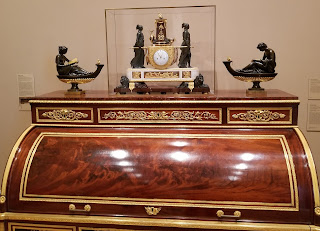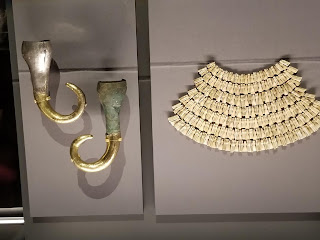In Pre-Columbian Mesoamerica, jade was the stone of choice for aristocrats, religious nobles and the wealthy.
Aztec, Maya, Toltec, Olmec and the other civilizations of Mesoamerica held jade in great respect for its beauty and artistic versatility.
From masks to
glyphs,
decorative figurines,
religious totems or
god figurines, jade was used in every aspect of life in Mesoamerica.
Pieces like this Were Jaguar Olmec mask are often over 25 centuries old.
Some could be worn while
others held important information.
The detail was impressive no matter the size of the object.
These artifacts give the modern world a glimpse into the art and culture
of these long-lost civilizations.
While the identity of the individual artisans that made these works will never be known, their
pieces are a haunting 21 century reminder that while civilizations may rise and fall beauty is eternal.
All these pieces were at a special exhibit at the Getty Museum in Los Angeles in late 2017.







































































